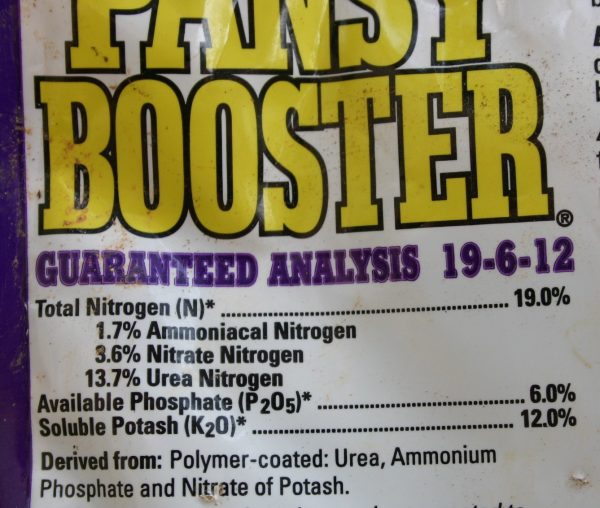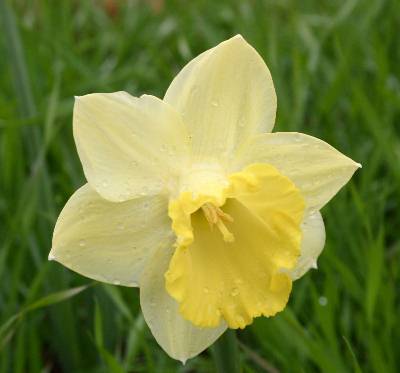What is pH?
pH is a mathematical expression of the concentration of hydrogen ions in water. It is measured on a scale from 1 – 14.
In practical terms, the higher a pH number the more alkaline a solution is and the lower the pH number the more acidic a solution is.
Most plants grow best at a pH of 6.0 – 6.5; unfortunately, most Georgia soil has a pH lower than this. The pH is corrected by adding garden lime.
By the way, the term pH has a special meaning:
Jens Nørby (2000) has recently clarified the origin and meaning of the little ‘p’ in pH. The H, of course, refers to H+, the hydrogen ion, whose concentration contributes to acid strength. Hence, many have supposed that the ‘p’ refers to power (or the French puissance or German Potenz). Some have taken this to mean the power of 10, referring to the logarithmic calculation of pH. Similarly, others construe the ‘p’ as denoting the potential, or intensity, of hydrogen (or in Latin, potentia).
But Nørby traces the ‘p’ to a simple mathematical convention of naming variables. Danish chemist Søren Peter Lauritz Sørensen proposed the pH scale in 1909. But he did not give an explicit reason for choosing ‘p’ in his original two papers. Sørensen was primarily concerned with determining the H+ concentration electrometrically. His central equation involved values for measurements at two electrodes, which he arbitrarily designated p and q. To develop a standard, he set the non-hydrogen component, Cq, at 1.0 and solved for the hydrogen ion concentration, Cp, or 10–p. The number p he suggested calling p+H.
Sørensen ultimately defined pH as the negative logarithm of a factor for hydrogen concentration relative to a normality of 1.0, not (as many texts today do) as the negative logarithm of the hydrogen ion concentration. (As Nørby notes, one cannot take a logarithm of a measurement with units.)















